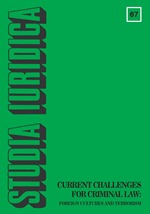
EXPLOITING THE INSTITUTION OF THE TRUSTEESHIP IN SCOTLAND
WYKORZYSTANIE INSTYTUCJI POWIERNICTWA W SZKOCJI
Keywords: trust; powiernictwo; Szkocja; Anglia
More...
Keywords: trust; powiernictwo; Szkocja; Anglia
More...
Keywords: Gyulafehérvár (Alba Iulia); unitarians; prince Sigismund John; calvinists; jesuits
Alba Iulia (Gyulafehérvár, Karlsburg) became the capital of the Principality of Transylvania just being born. Its Hungarian inhabitants became Protestant, and from 1565 on they became the owners of the former Catholic episcopal dome. Influenced by prince Sigismund John and his court-physician, Giorgio Biandrata, the leading pastors and professors of the town (István Csázmai, Pál Gyulai, Benedek Óvári, Gregor Wagner) had chosen the Unitarian Church, instead of the Calvinist one. At this time the print of Raphael Hoffhalter was working in the town. The above mentioned prince wanted to found a new capital and a university, but his early death didn’t let him to fulfill all these plans. The next prince, István Báthory, who belonged to the Catholic Church, wanted to restrict the spreading of the Unitarian faith. First he gave over the dome and the school to the Calvinists and invited from Hungary Benedek Ilosvai who became the leader of the collegiate church. The second step of this tact was – after 1579 – the appearance of the Jesuits in Transylvania and also in the capital; a Jesuit, János Leleszi became the tutor of Zsigmond Báthory before he became of age. In Alba Iulia the Jesuits founded a schola aulica and also a public school, and they got the building of the monastery and the church of the city, out of use since a long period. The plague year of 1586 destroyed brutally the intellectual circles of Transylvania and the noble orders of the country radically got rid of the Jesuits. Though the Jesuit order returned after three years, and the dome was also given to them, but the war years didn’t support their activities, and for the long period of István Bocskai’s Protestant rule they had to leave this region.
More...Keywords: Václav Vratislav of Mitrovice; The Adventures of Baron Václav Vratislav of Mitrovice; Johann Löwenklau; Ogier Ghiselin Busbecq; Neuwe Chronica Türckischer Nation von Türcken selbst beschrieben; litera
In the last decennium, The Adventures of Baron Václav Vratislav of Mitrovice has come into focus thanks to the intensively led research of early modern Turkish literature from the Bohemian lands and developing interest in Islam and its culture. Vratislav’s work is currently appreciated by historians for his observations about Turkish society as well as Islam and Muslim everydayness, which is in the sharp contrast with the older literature. It vaguely asserts that Vratislav literally borrowed the cited passages from the available Turkish literature and has brought nothing new in this respect. In the first part, the study analyses a reception of Vratislav’s work in the context of the Czech literary production as well as a point of view of individual authors on the origin of the text when taking into account intertextual links with the Czech version of Neuwe Chronica Türckischer Nation von Türcken selbst beschrieben written by Jan Kocín of Kocinét and Daniel Adam of Veleslavín in the year 1594. In the second part, based on the research, the study demonstrates that except for his personal experiences, Vratislav’s writing is grounded on the mentioned publication and his book is a compilation in a certain measure. Finally, the attention is given to borrowed passages – their character and proportional representation in the original author’s text, and Vratislav’s work with literary original is outlined.
More...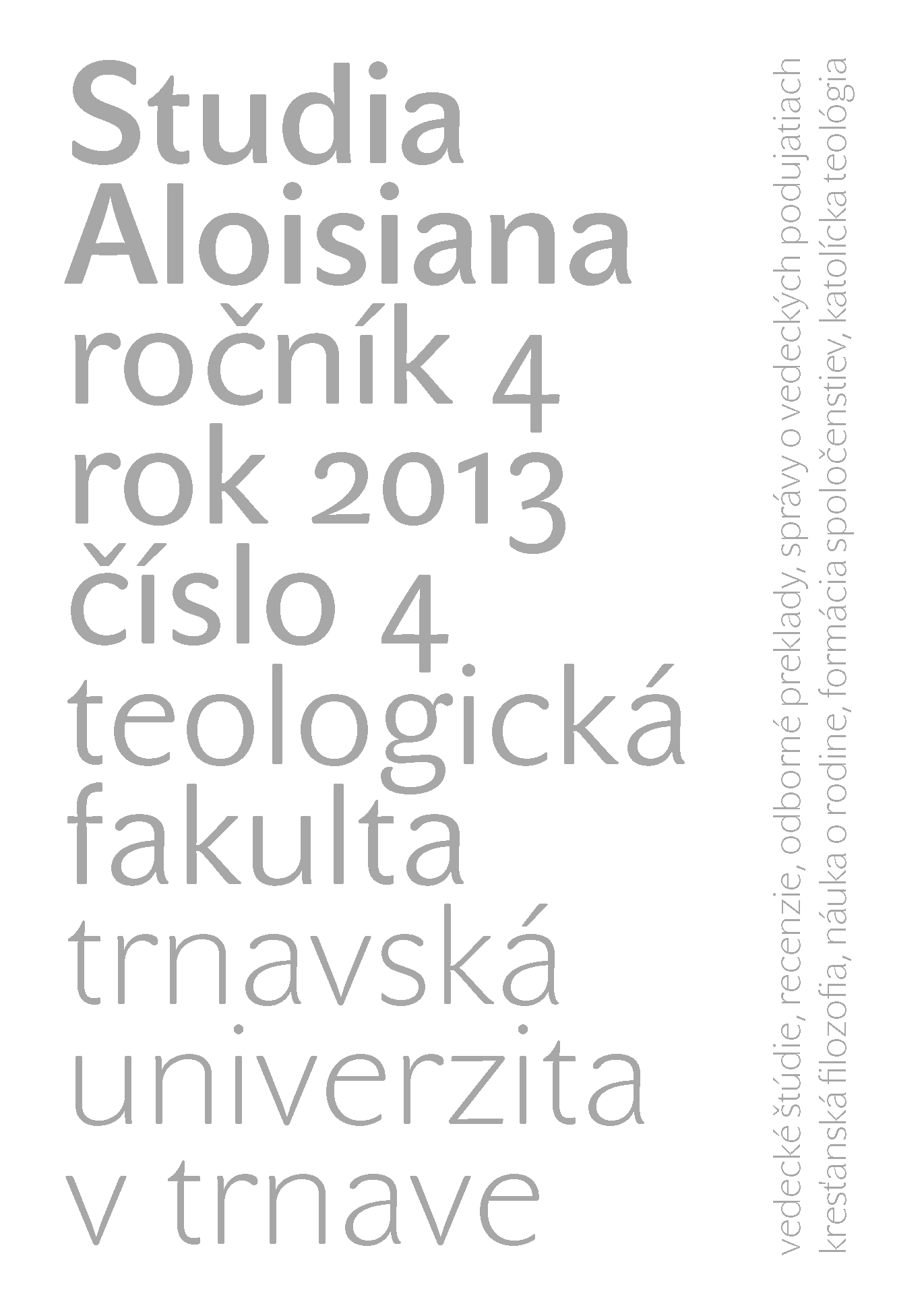
Keywords: scandal;Thomas Aquinas;the verity of doctrine;life and justice
This paper focuses on the scandal issues in the view of Thomas Aquinas. Thomas’ tractate of the scandal has its firm fundament in the biblical text which he translates into the systematical form. It discerns “scandal of the little ones” from “Pharisaical scandal”, active scandal from passive scandal. It draws out the basic discernments when to avoid the scandal and when to risk it with regard to the maintenance of the verity of doctrine, life and justice. In conclusion the paper summarizes the actual aspects of Thomas’ tractate of the scandal.
More...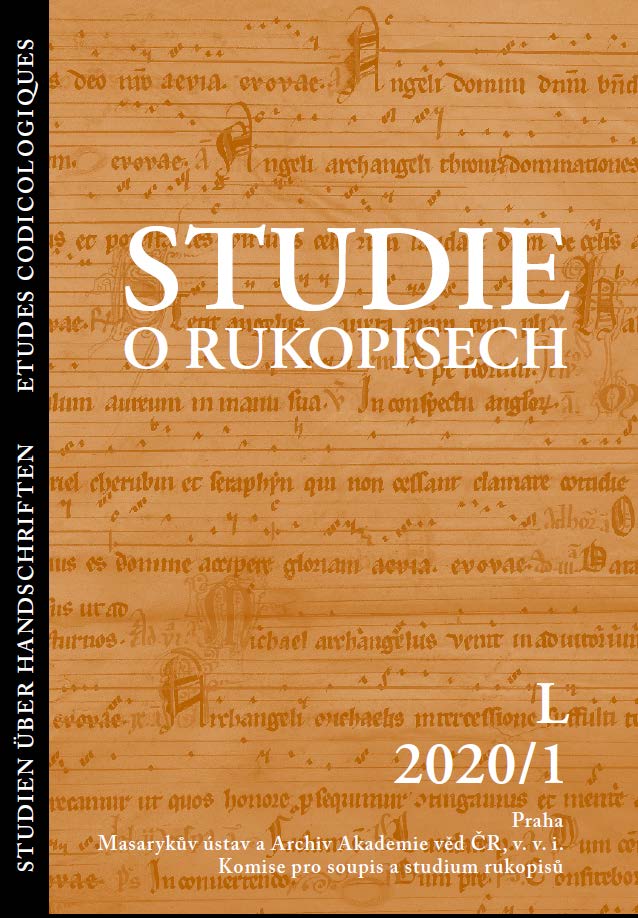
Keywords: Humanism; manuscript Bohemica;Neo-Latin poetry; correspondence
The article describes Humanist Bohemica in two significant collections of manuscripts – in the Universitatsbibliothek in Leipzig and the Sachsische Landesbibliothek, Staats- und Universitatsbibliothek in Dresden. The two manuscript collections contain similar types of Bohemica. One can clearly distinguish two groups of manuscript material: translations of legal and historical writings from Czech into German, made for practical use, and manuscripts related to exiles from the Czech lands after the Battle of White Mountain, their lives in exile and literary activities. Concerning individual items outside these groups, it is worth mentioning the medical treatise by Laurentius Span of Spanov, previously unknown copies of poems by Bohuslaus of Lobkowicz and Hassenstein, and especially the poems by Ioannes Dubravius on the pictures in the collection of the bishop of Wrocław Stanislaw Thurzo.
More...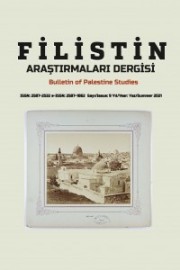
Keywords: Jerusalem; Hülegü; Mongols; Kitboga; Crusaders;
Hülegü’s arrival in Iran undoubtedly meant a new era in the Middle East. This new period was shaped by a radical change with the elimination of the Assassin castles and the crushing of the elements of this sect in Iran in 1256, and after that with the destruction of the Abbasid Caliphate in 1258. Another impact on the change was brought about by the Crusaders. Although the events in Sidon led to a Mongol-Crusader struggle, the conditions for reaching a consensus between the two sides became possible as the Aynu Câlût battle ended with a Mamluk victory. A new process has started with a letter sent by the Crusaders in Akka to Hülegü followed by Hülegü himself sending letters in 1262 to Pope Urban IV and King of France Louis IX. The letter addressed to the King of France survived. The letter discloses an alliance proposal to the King which says Jerusalem could be left to the Pope after conquest as part of the alliance. This would mark a radical change in the Middle East. Because, it was the first time the Crusaders could ally with an active power in the region. A similar change was also observed in the Mongol politics. The Mongols who had formerly invited the western powers to submit to themselves, were now inviting them to an alliance. The focus of this invitation was a single point, Jerusalem. This study will focus on the diplomatic role of Jerusalem in the change of Mongol-European relations.
More...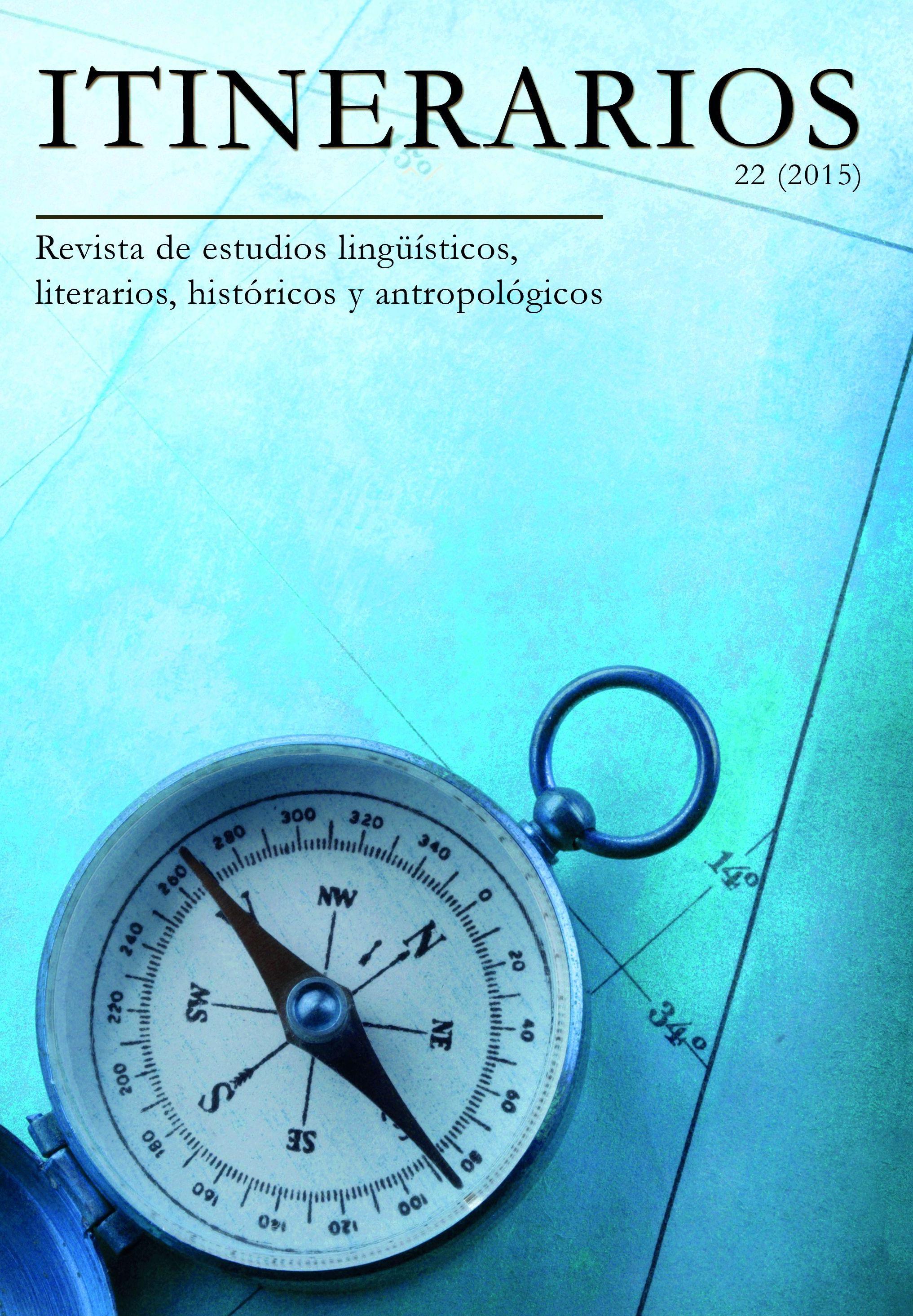
Keywords: Spanish language; Polish language; word formation; derivatives; syntagmatic compounds
When an observer or investigator looks attentively at the words-bases in the process of word formation, he can notice the difference in the number of their derivatives. It is the case of the words we refer to in the title of this paper. We do not think only about the opposition between female / male but also about the reference of the word woman in Spanish which, is limited in comparison with man. We suppose that’s the reason of greater productivity of the first of the quoted words, which has derivatives and syntagmatic compounds of different kinds (as, e.g. mujeriego, mujeril or mujerona), while it is not the case of the second word (e.g. hombracho, hombruno). It is also interesting to observe how these derivatives change their reference as to gender (as, for example, mujeriego which refers to man and hombruno as a possible qualification of a woman). As the years go by, some of these derivatives or compounds became obsolete, while new forms appear, which reflect the changes in the social life (e.g. mujer de negocios/business woman). Finally, the comparison with their Polish equivalents allows to see the interdependence between the form (as it can be seen in the word mężczyzna /man/ in Polish) or the reference of a word – base (as in hombre /man/ in Spanish) and the number of its derivatives.
More...
Keywords: phraseology; conversational routines; dictionary; lexicalisation; idiomaticity
Among Spanish phraseological units as a whole, the conversational routines fill an important space because of their wide number and their usage frequency in the informal register. Although many authors were interested in studying them, there are no studies concerning them in profundity yet. The present study has multiple aims and each of them tightly corresponds to a specific section of this paper: fundamentally, in the first pages we are interested in the definition of the conversational routines and their distinctions from other phraseological units; for this purpose the thoughts of the most important scholars in this field are to be reviewed. In the second part the aim is to make a complete distinction of the structures by checking the characteristics that differentiate them from other phraseological units. In the third part, which is only a starting point for the scholars, as it is for us, who are already widening the purpose in another work, we concentrate on how to construct a dictionary: how to choose the conversational routines and which information about them to offer to the users; how to choose contexts for a better understanding of the structures, etc. The locutions which conform to our proposal, extracted according to exhaustive standards from the phraseological units as a whole, have the words ver and decir as their lexical centre and are placed in the lexicographical articles of the words ver and decir. The Diccionario del Español Actual (DEA) by M. Seco has been used.
More...
Keywords: Mood; verbal moods; grammatical status; tense; textual anaphora
The aim of this paper is to present the grammatical status of the category of Mood, to compare the features of this verbal category with the characteristics of the Tense and also to examine the role that the moods play in the transmission of the 'renarrated' or cited contents. The author presents the definitions of the Mood of the Spanish grammars and discusses the problems connected with the grammatical status of this category, first of all the relation with the notion of modality (deontic and epistemic dimensions) and with formal criterion of flexional classes. To the mind of the author, the Mood, unlike the Tense, is a more complicated and syncretic category with morphological, semantic, syntactic, pragmatic, informative and textual parameters. The question of the linguistic status of the Mood is still more complicated because, apart from the contents traditionally attributed to this category (assertion, contrafactuality, subjectivity, etc.), the moods transmit the contents connected with the textual anaphora (quotations, evocations). In Spanish the textual anaphora is expressed by some indicative tenses or by the subjunctive mood. The use of this mood is not obligatory in such instances, although it occurs with considerable regularity and the subjunctive marks first of all shared or irrelevant information.
More...
Keywords: polysemy; phraseology; metaphor; ethnobotany; fruits
Natural languages include a network of associated concepts, which allow creating and /or understanding new metaphors, based on two relatively systematic types of models: archimetaphors and culturemes. An example of the productivity of both macromodels of figurative language is the concept of fruit, both as a source domain and as a target domain, that undergo the interaction between multiple linguistic metaphors and extralinguistic symbolism.
More...
Keywords: Spanish articulatory phonetics; phonetic settings; articulatory settings; acquisition of articulatory habits; phonetic correction
Precise and detailed description of the so-called ‘phonetic settings’, as defined in contemporary phonetics, seems to be an indispensable component of teaching future graduates of Spanish philology in Poland, because it enhances their practical skills as well as broadens their metalinguistic knowledge. In the present article, in its first part, the author first critically discusses the concept of phonetic setting as presented in Spanish phonetics literature and proposes some valid refinements to its understanding, based on his long-term teaching experience. In the second part, the author proposes several methods of overcoming the difficulties which might be faced by the Polish students learning the theory and practice of contemporary Spanish phonetics, which have been successful in his own teaching experience. The author also attempts to provide answer to the question of which features of Spanish articulatory settings are most important from the point of view of a Polish-speaking student and how to acquire and consolidate them more effectively.
More...
Keywords: humor; semantic-syntactic analysis; pragmatic analysis; Cognitive Linguistics; Cultural Linguistics
The aim of the paper is to re-analyze the structure of linguistic joke from the point of view of cultural linguistics (Palmer 2000, Wilk-Racięska 2012), understood as a multidimensional research system which, depending on the phenomenon under investigation uses various tools. Th is time we will use semantic, syntactic, pragmatic and cognitive tools. In the first place, we will outline the aims and the tools of cultural linguistics’ methodology as presented in Wilk-Racięska (2012) and the definitions of terms as humor, joke, etc. (Vigara 2013). Raskin's (1986, 2015) theory will be the analysis starting point. Taking into account Raskin’s outline of a joke construction, we will try to analyze the internal structure of linguistic jokes and define selections of those jokes as seen as communicative acts, according to their semantic-syntactic, socio-pragmatic and pragmatic-cognitive features.
More...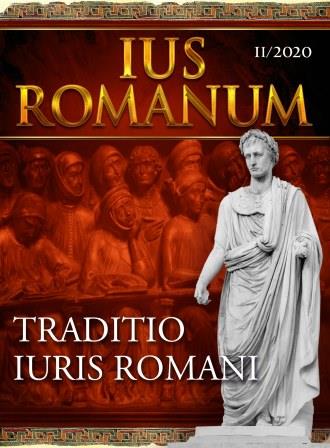
Keywords: Effusis vel deiectis; habitator; insulae; salubridad; cenaculum
One of the problems that arose in urban development of the city of Rome was insulae overcrowding and congestion, which affects numerous parameters such as habitat protection of the city itself, given the need to evacuate and canalise organic waste products produced by human activity, the citizen's health and to guarantee the safe transit of pedestrians who often had to circumvent the road to avoid damage the caused by the spillage thrown from buildings, hence the study of the edict effusis vel deiectis whose footprint is inserted in art. 1910 of the civil Code.
More...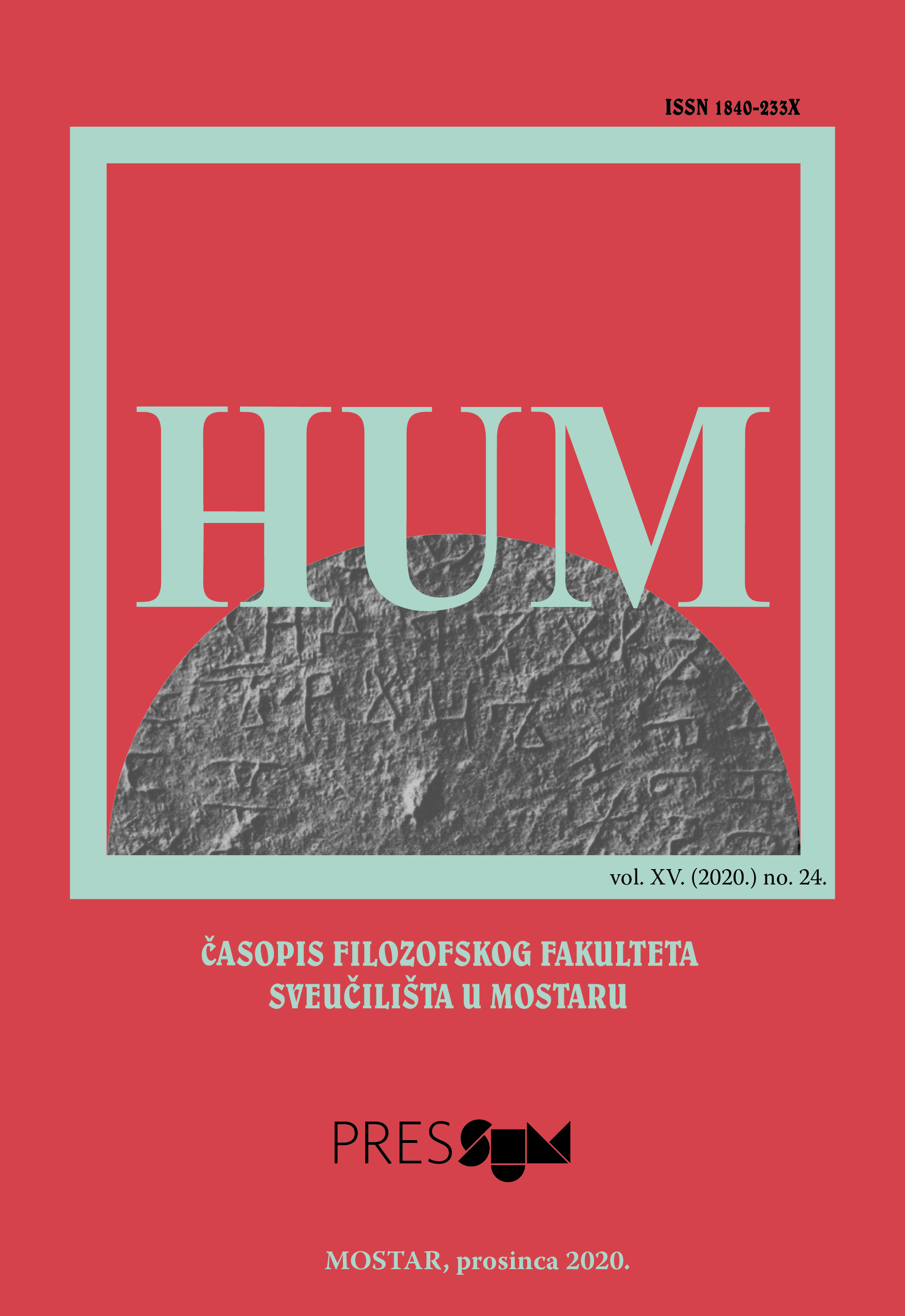
Keywords: Biblical Latin; Passionale MR 164; medieval Latin; Vulgar Latin;
Hagiographic codex Passionale MR 164 is considered as the oldest of Archdiocesan Library Metropolitana in Zagreb. It consists of two parts: the main one is Carolingian Passionale and the other is Beneventan appendix Secunda expositio super psalmum CXIX and Vita Marie Egipciace de Greko in Latinum translata. Hagiographic Passionale is dated in 10th century and it is considered to be written in the east Adriatic coast, in Ravenna. Beneventan part is dated by the note of its scribe deacon Majon at the beginning of the 11th century. It is written in Split for the needs of Split’s Archdiocese and the Archbishop Paulus. The content analysis and sanctoral of Carolingian part lead MR 164 to Ravenna’s church Sant' Apollinare Nuovo. The linguistic analysis confirms language of MR 164 to be the Biblical Latin of non-Biblical texts. This paper deals with flexion, derivation and syntax of the names within Biblical Latin of non-Biblical texts found in Carolingian Passionale. One of the topics considered is the independence of Biblical Latin as a special idiom, as well as its connection to Vulgar Latin. Transcription of Passio Sancte Barbare is attached to the main text of the paper.
More...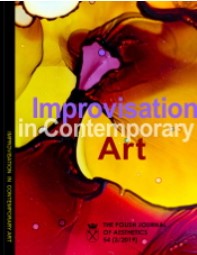
Keywords: Musical Authenticity; Improvisation; Musical Expressiveness; Musical Performance; Artistic Normativity;
In this paper I argue that the specific musical authenticity of improvisation in different kinds of music (especially, but not only, in Jazz and Free improvisation practices) consists of what I call ‘being true to the moment’ and that since the artistic success of every musical performance requires performers’ attentiveness and responsiveness to the moment of the performance, improvisational authenticity is the epitome of musical authenticity. I proceed as follows. Firstly I present Peter Kivy’s plural view of musical authenticity and discuss Julian Dodd’s view of musical improvisation as essentially inauthentic. Then, I articulate two notions of improvisational authenticity, ontological and expressive authenticity, which I develop by means of a third, and crucial, notion of improvisational authenticity: truthfulness to the moment, which is the specific way improvisation realizes a fourth kind of authenticity: artistic authenticity. Finally, I argue that improvisational authenticity is paradigmatic for the authenticity of musical performance as performance.
More...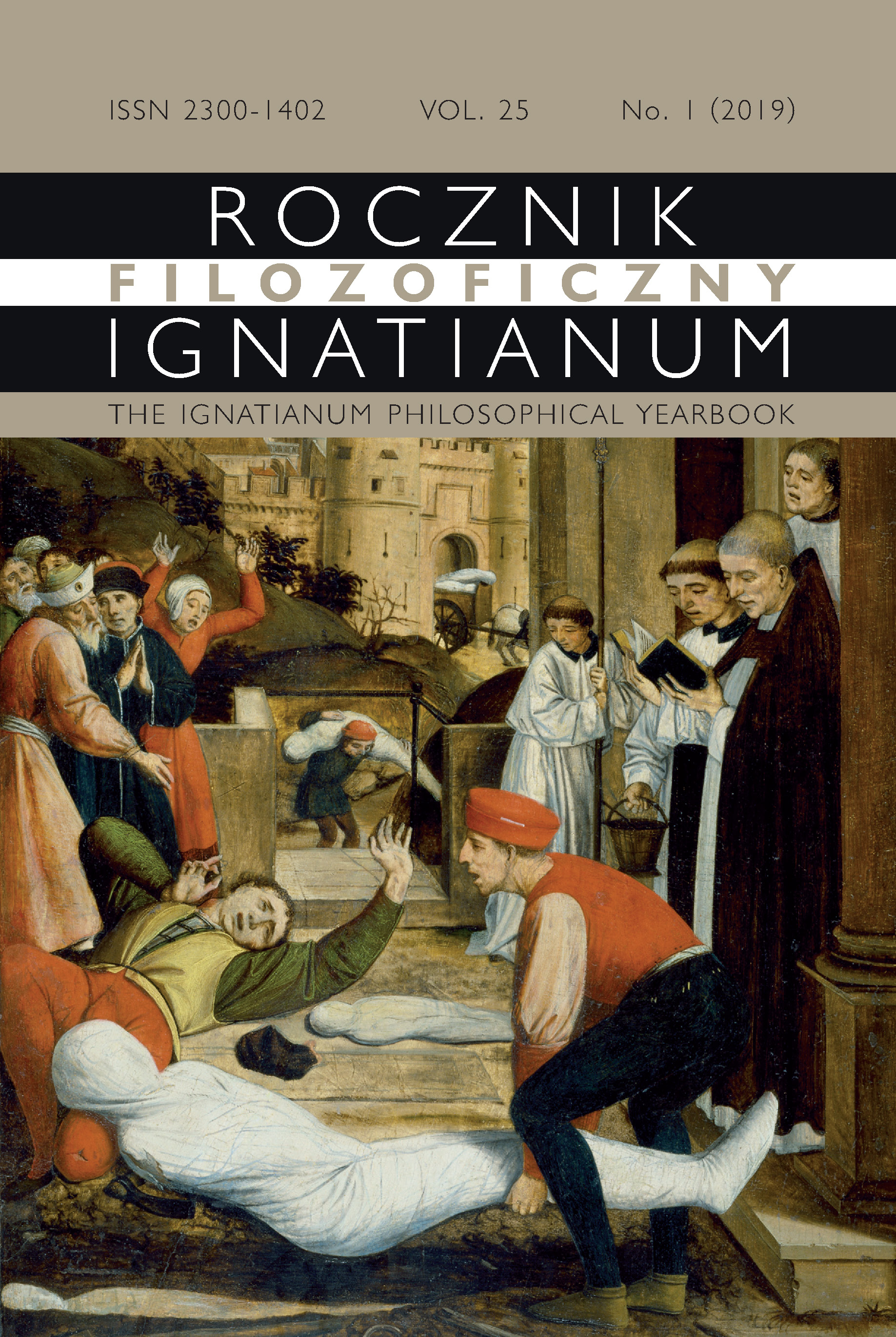
Keywords: pestilence; epidemic; Andrzej Komoniecki; chronicle; Żywiec
The article presents the problem of dealing with the pestilence (pol. morowe powietrze, “pestilent air”) on the territory of the old Republic of Poland, with particular focus on the Żywiec County in the 16th to 8th century. The paper attempts to answer the questions of how the medics of that time dealt with epidemics, what actions were taken by ordinary people for whom the raging plague was often the result of the interference of demonic forces, and finally, what preventive measures against the plague were proposed to the faithful by the Church. The source for the considerations is the Chronografia albo Dziejopis żywiecki [Chronography or the Żywiec Chronicle], the account of history of the town of Żywiec and the surrounding area covering the years 1400–1728, written by the mayor, Andrzej Komoniecki (1659–1729). The Chronicle brings back an extraordinarily colorful picture of old customs, beliefs and superstitions, as well as paramedical practices, which to our contemporary cultural sensitivity may appear bizarre, gruesome and terrifying. In preparing the article, the author also used extensive literature, primarily in the history of medicine. Among the research methods used in the study, it is worth mentioning, first of all: the explicative method, the method of document research, the method of analysis and criticism of sources, the method of cultural analysis and the method of stylistic-rhetorical analysis. In contemporary socio-cultural reality, the reading of the Chronografia takes on new meanings. In the context of the pandemic that struck the world in the 21st century, the extremely accurate accounts of the Żywiec chronicler seem particularly interesting, as they allow us to compare the attitude of our old Polish ancestors and ourselves in the face of a similar threat. This comparative leads us to believe that some of the measures taken to prevent the spread of infections, such as keeping a distance, limiting the number of participants at funerals, or not letting strangers into towns, are still taken today, while others, such as locking the sick up in huts, setting fire to infected houses, burying plague victims under fences, drowning them in rivers, or desecrating the bodies of the dead suspected of having caused the plague, are now happily forgotten.
More...
Keywords: Isabella d’Este; Gonzaga Dynasty; Lucrezia Borgia; Renaissance; Italy; Letters; Write-off;
Isabella d’Este (May 17, 1474 in Ferrara, Italy – February 13, 1539 in Mantua, Italy) was an important female protagonist of the Italian Renaissance, often referred as the “Lady of the Renaissance”, “Daughter of Humanism”, “the First World Lady”. This study aims to bring closer the ruler who influenced (especially Italian) history in diplomacy and politics, but was also a major figure in the collection of art and patronage of authors such as Titian, Leonardo da Vinci, Raffaello Sanzio and others. The study reflects the period context and at the same time looks at the importance of the Renaissance female intellectual through the prism of her personal and public correspondence available in the Italian state archives (Mantova, Ferrara, etc.), pointing to the growing importance and interest in digitized authentic materials.
More...Keywords: Gdańsk; seventeenth century; bourgeoisie; immigration; post office; royal secretariat; coining; social network analysis; biography; methodology;
Michał Salamonik published his doctoral dissertation in 2017. The book addresses an important topic of the presence of the bourgeois in the early modern Polish-Lithua- nian state. This is a biographical account and a study of the career of Francesco De Gratta, a citizen of Gdańsk of Italian origin. The purpose of the article is to present the subject matter from the perspective of original methodology used by the author: social network analysis, evaluation of the narrative based on it and the effectiveness of its use in historiography. It also contains reflections on the legitimacy of using studies of relationship and networks (family, work, financial) and broadly understood quan- titative methods for biographical research. The article also poses a question of the ex- tent to which one can speak of planning or deliberately constructing the bourgeois career within the social and political structures of the seventeenth-century Polish- Lithuanian Commonwealth. The presented analysis has shown that the application of the SNA methodology for creating biographies should be considered interesting and useful, especially when the social connections of the main character are closely con- nected with other spheres of his activity. It seems that a study from the social network perspective gives the entitlement to studying characters that are understood as integral elements of social processes and relations, which adds a great research value of this approach.
More...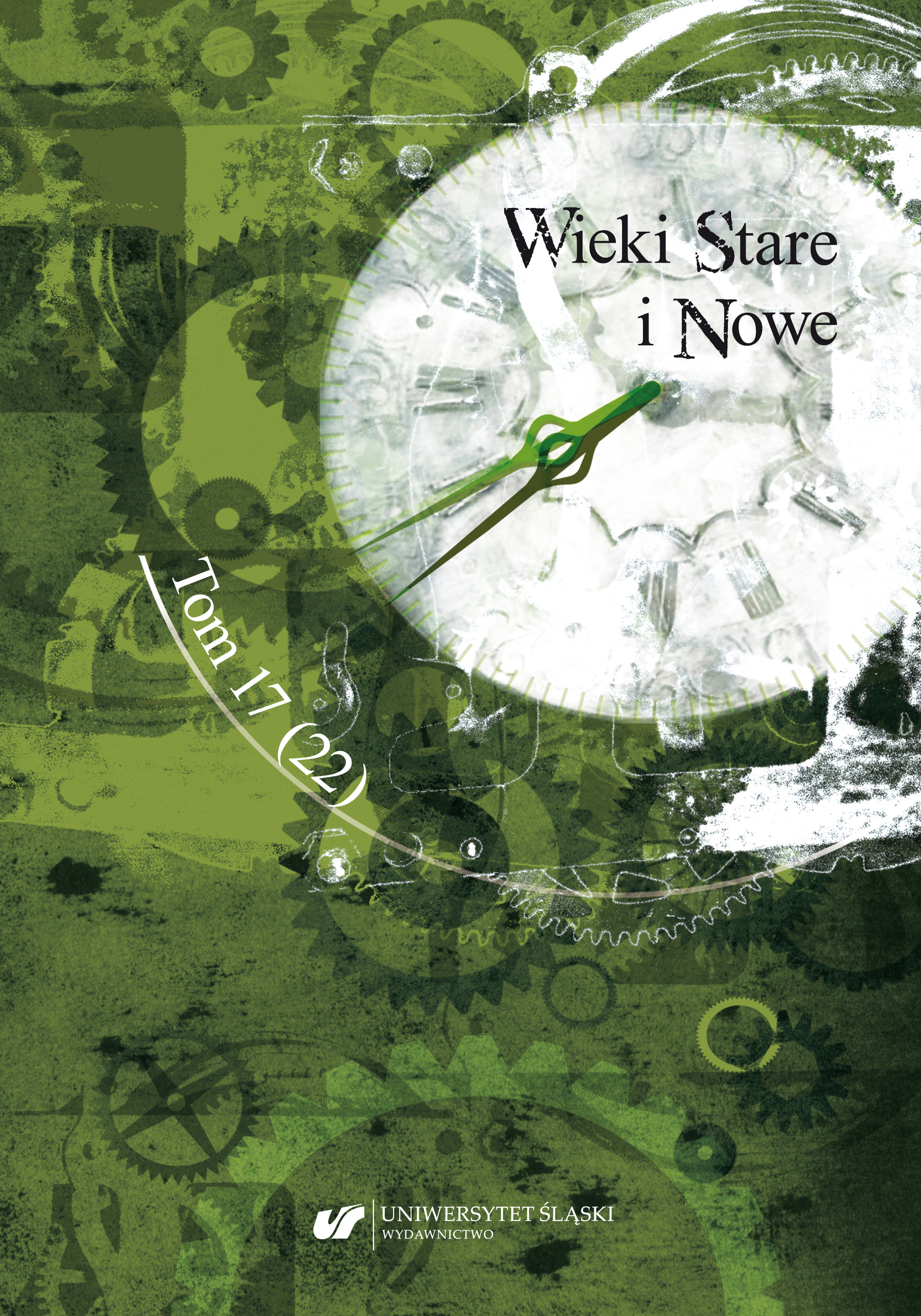
Keywords: Trebonianus Gallus; Persia; Gothi; plague of Cyprian
During the reign of Trebonianus Gallus the mint in Antioch issued coins with the legend ADVENTVS AVG. This announced the arrival of the emperor to the Roman East. Indeed, the war with Persia was approaching and the Roman forces were dispatched to the East. Notwithstanding this fact, the emperor did not come to Syria. In this article, I ponder the reasons for the emperor’s resignation from this eastward expedition.
More...